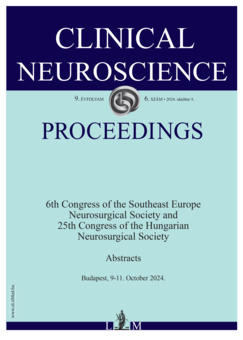Brachial plexus injuries present complex challenges requiring meticulous surgical strategies for optimal outcomes. This study delves into contemporary approaches and innovations in brachial plexus surgery, based on personal experiences and a literature review.
Effective management necessitates a thorough understanding of the anatomy and pathophysiology of brachial plexus injuries. Surgeons must consider the extent of nerve damage, patient factors, and functional goals when formulating treatment plans.
Surgical strategies encompass a spectrum of techniques tailored to the specific injury pattern. Nerve grafting, nerve transfers, and neurolysis are among the primary interventions employed to restore function and mitigate disability. Advanced imaging modalities aid in preoperative planning, enabling precise nerve localization and assessment of viable donor nerves.
In recent years, novel approaches such as nerve conduits and tissue engineering have emerged, offering promising alternatives to traditional methods. These innovative techniques aim to enhance nerve regeneration and functional recovery, particularly in cases of extensive nerve avulsion or scarring.
Multidisciplinary collaboration between surgeons, neurologists, and rehabilitation specialists is imperative for comprehensive patient care. Postoperative rehabilitation plays a crucial role in optimizing outcomes, focusing on motor re-education, sensory integration, and psychosocial support.
Despite advancements, brachial plexus surgery remains a challenging field with inherent complexities and variable outcomes. Ongoing research endeavors strive to refine surgical techniques, improve patient selection criteria, and enhance postoperative rehabilitation protocols.




